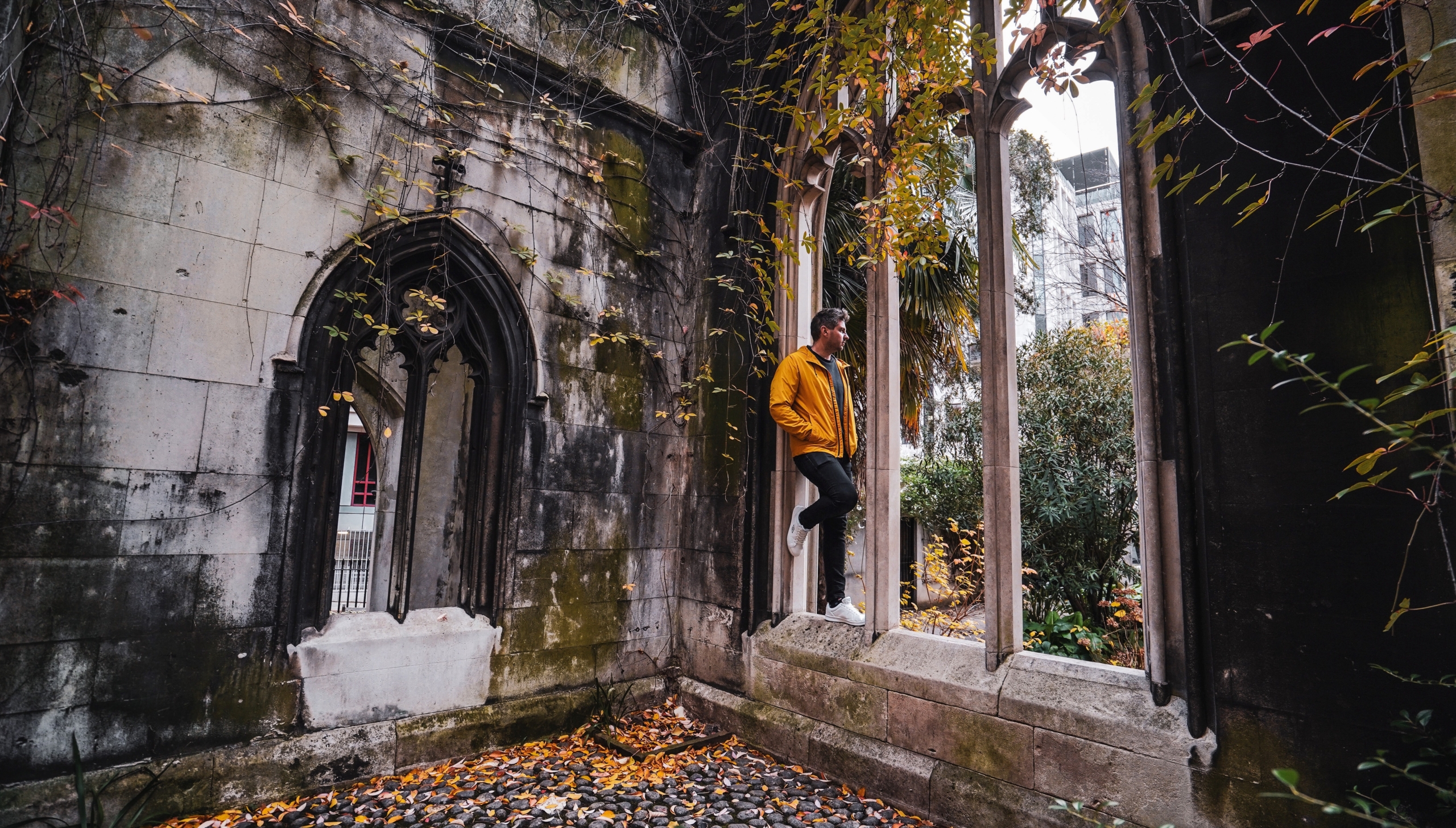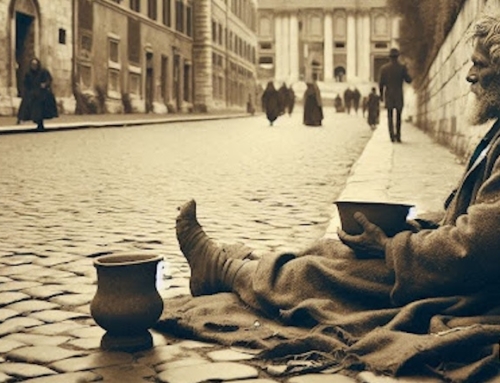Saint Francis was a millennial before it was cool. Adventurous and fun-loving, Francis was also curious and creative—and transparent to the point of returning literally everything he’d received from his father, even the clothes on his back. But, like most millennials, he wasn’t particularly religious. He did, however, share the millennial’s craving for the spiritual.
There was a moment in Francis’s spiritual search that speaks to the experience of many millennials. One day, he wandered by the ruins of an old, abandoned church. Out of the blue, Francis felt the urge to slip inside and pray. In the quiet, he heard a voice from the crucifix tell him, “Francis, go and rebuild my house, which is falling into ruins.” Task-oriented, like any good millennial, he went to work methodically repairing the dilapidated building. He took that one a little too literally.
The experience of Francis is the experience of many millennials. Most millennials don’t think organized religion is important. To many, the Church is an antiquated ruin arguably not worth rebuilding—better to abandon and move on. But others who cherish the Church want action and maybe some remodeling of what seems out of date. Sometimes, like Francis, they might misinterpret what that redesigning looks like.
As a millennial, I know I have the tendency to focus on the visible, to see the Church in earthly terms, to read the problems as practical problems calling for practical action. If we do this or change that about the Church (or these members of the Church), then we’ll have fixed it up. I’ve often thought of a line from T.S. Eliot’s poem “The Wasteland” as describing well how a millennial might feel when encountering problems in the Church:
Son of man,
You cannot say, or guess, for you know only
A heap of broken images.
I used to think of the broken images as the shattered state of the Church, pieces we needed to pick up and fit together again. But recently I’ve realized that we are the broken images—I am a broken image. We are the image of God, but sin breaks that image, leaving us a “heap of broken images.” We cannot say or guess how to fix ourselves, let alone the Church. Fortunately, we don’t have to.
As St. Francis learned, God is the one who rebuilds. He invites us to join this project, but he draws up the blueprint and he directs the work. One of the psalms puts it well: “Unless the Lord builds the house, those who build it labor in vain” (Ps 127:1).
But the Lord doesn’t invite us to rebuild the Church out there as if it were some government public works project. He begins by rebuilding us, his broken images. That is where fixing the Church begins. For God told Francis “go and rebuild my house.” And we belong to that house, “no longer strangers and sojourners,” we are “members of the household of God, built upon the foundation of the apostles and prophets, with Christ Jesus himself as the capstone. Through him the whole structure is held together and grows into a temple sacred in the Lord; in him you also are being built together into a dwelling place of God in the Spirit” (Eph 2:19–22).
We’re often eager to fix the brokenness we see around us, in the world or in the Church. But the Lord wants to begin with the brokenness within us. He doesn’t want us merely to work at fixing the Church. He wants to build us into his Church as living stones (1 Pet 2:5), no longer broken images.
St. Francis learned this truth like a millennial—from experience, the experience of the Lord rebuilding him. Then he could rebuild the Lord’s house, and he did not labor in vain.
✠
Photo by Lee Scarratt on Unsplash







